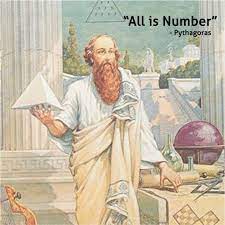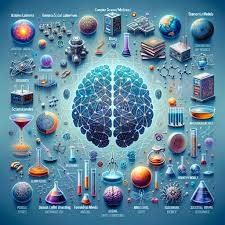Mini Sheet: Promotion of STEM Education (Science, Tech, Engineer, Math) (United States of America 2018)
Promotion of STEM Education (Science, Tech, Engineer, Math) (United States of America 2018)
06 April (United States of America ) within release S.T.E.M. goes into circulation Mini Sheet Promotion of STEM Education (Science, Tech, Engineer, Math) face value 20*FOREVER No Face Value
| Mini Sheet Promotion of STEM Education (Science, Tech, Engineer, Math) in catalogues | |
|---|---|
| Michel: | Mi: US 5477-5480KB |
Mini Sheet is square format.
Also in the issue S.T.E.M.:
- Se-tenant - Promotion of STEM Education (Science, Tech, Engineer, Math) face value 4*FOREVER;
- Stamp - STEM - Engineering face value FOREVER;
- Stamp - STEM - Technology face value FOREVER;
- Stamp - STEM - Math face value FOREVER;
- Stamp - STEM - Science face value FOREVER;
- Mini Sheet - Promotion of STEM Education (Science, Tech, Engineer, Math) face value 20*FOREVER;
Mini Sheet Promotion of STEM Education (Science, Tech, Engineer, Math) it reflects the thematic directions:
Engineers, as practitioners of engineering, are professionals who invent, design, analyze, build and test machines, complex systems, structures, gadgets and materials to fulfill functional objectives and requirements while considering the limitations imposed by practicality, regulation, safety and cost.The word engineer (Latin ingeniator, the origin of the Ir. in the title of engineer in countries like Belgium and The Netherlands) is derived from the Latin words ingeniare ("to contrive, devise") and ingenium ("cleverness"). The foundational qualifications of a licensed professional engineer typically include a four-year bachelor's degree in an engineering discipline, or in some jurisdictions, a master's degree in an engineering discipline plus four to six years of peer-reviewed professional practice (culminating in a project report or thesis) and passage of engineering board examinations.
One of the earliest known mathematicians was Thales of Miletus (c. 624 – c. 546 BC); he has been hailed as the first true mathematician and the first known individual to whom a mathematical discovery has been attributed.He is credited with the first use of deductive reasoning applied to geometry, by deriving four corollaries to Thales's theorem.
Science is a systematic discipline that builds and organises knowledge in the form of testable hypotheses and predictions about the universe.Modern science is typically divided into two or three major branches: the natural sciences (e.g., physics, chemistry, and biology), which study the physical world; and the behavioural sciences (e.g., economics, psychology, and sociology), which study individuals and societies.The formal sciences (e.g., logic, mathematics, and theoretical computer science), which study formal systems governed by axioms and rules, are sometimes described as being sciences as well; however, they are often regarded as a separate field because they rely on deductive reasoning instead of the scientific method or empirical evidence as their main methodology. Applied sciences are disciplines that use scientific knowledge for practical purposes, such as engineering and medicine
Technology is the application of conceptual knowledge to achieve practical goals, especially in a reproducible way. The word technology can also mean the products resulting from such efforts,including both tangible tools such as utensils or machines, and intangible ones such as software. Technology plays a critical role in science, engineering, and everyday life.





